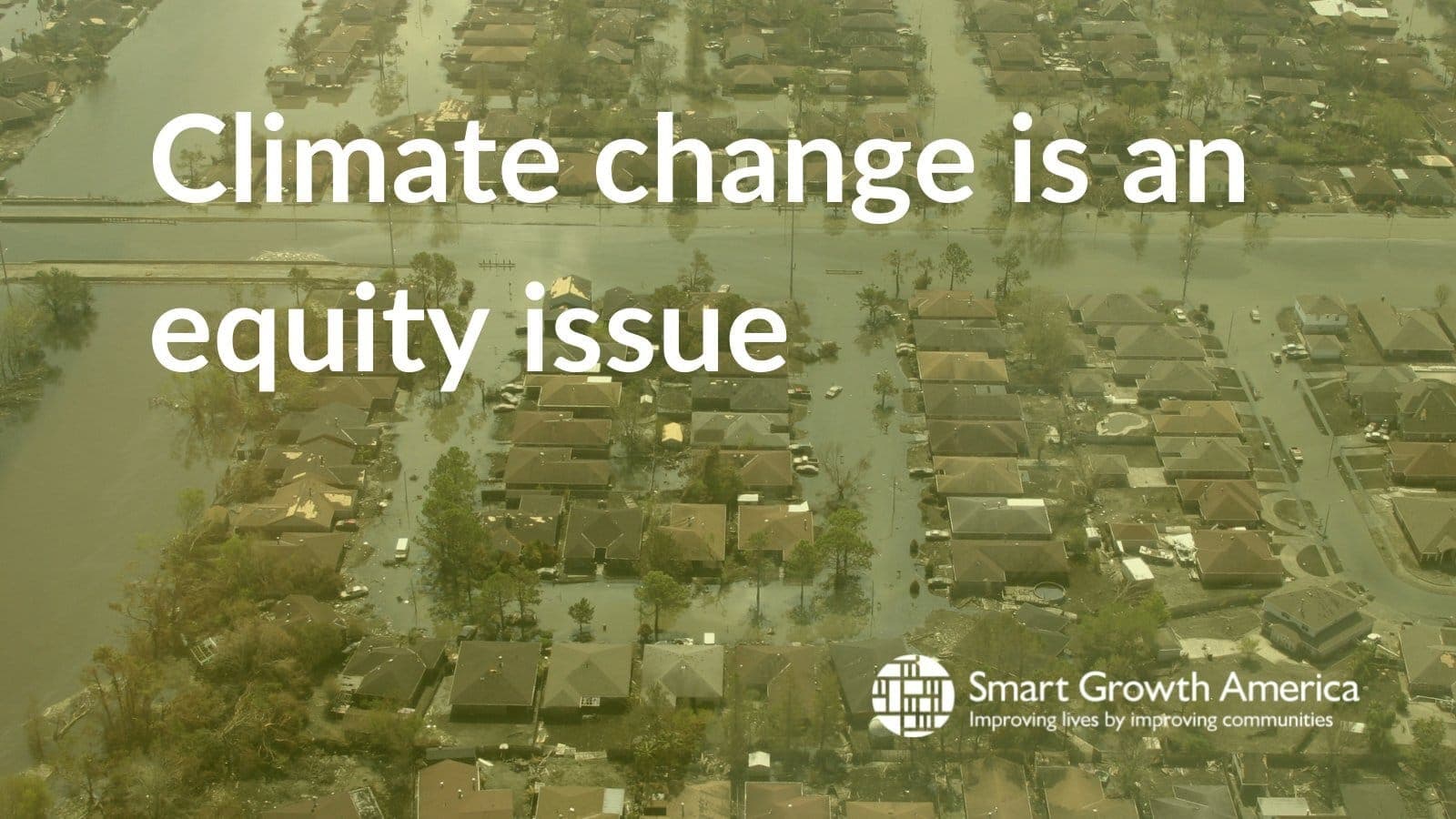
News
By Eric Cova, August 16, 2022
In addition to important health and tax provisions, the Inflation Reduction Act is the single-largest investment to support the fight against climate change in U.S. history. Through a workaround called budget reconciliation, Senate Democrats passed this legislation with a simple 51-50 majority, and the House of Representatives passed the measure with Democrat support on a 220-213 vote. On August 16, President Biden signed the Inflation Reduction Act into law.
The Inflation Reduction Act allocates an estimated $370 billion in climate-related funding to the following priorities: clean-energy tax credits, rebates for electric vehicles and clean energy at home, investments into a green bank, rewards for methane emissions reduction, and a broad swath of environmental justice initiatives. According to independent studies, the investment and climate actions included in the Act would cut carbon emissions by roughly 40 percent by the end of the decade, nearly meeting our goal to avoid the worst effects of global climate change.
“I applaud Congress and President Biden for treating the climate crisis with the urgency it deserves,” said Calvin Gladney, President and CEO of Smart Growth America. “Communities across the country are already experiencing the severe consequences of a changing climate as extreme weather events increase in frequency and severity. As the worst consequences of climate change disproportionately impact Black and Brown communities, environmental justice initiatives were essential inclusions to anchor this historic legislation.”
Gladney continued, “provisions such as the Neighborhood Access and Equity Grants, which provide funds to reconnect communities divided by racist transportation projects and target greenhouse gas emission reductions, are necessary to address the environmental and public health damages that disproportionately impact vulnerable communities.”
LEARN MORE ABOUT SOME OF THE CLIMATE PROVISIONS INCLUDED IN THE INFLATION REDUCTION ACT:
Environmental Justice
According to Senate Majority Leader Schumer, there is $60 billion included in the Inflation Reduction Act supporting Environmental Justice Initiatives. One such initiative, the $3 billion in Environmental and Climate Justice Block Grants will help address pollution in communities historically harmed by pollution and climate change and support climate adaptation. An additional carveout will help reduce heat islands by providing funding to plant trees, establish community and urban forests, and expand green spaces. Another notable investment is $1 billion in grants and loans to make affordable housing more energy- and water-efficient and climate-resilient.
Reconnecting Communities
$3 billion in this package goes to a brand new program called the Neighborhood Access and Equity Grants, which will help mitigate the danger of overbuilt arterial roadways, especially in underserved areas. These grants can help connect communities and support local economic development. These changes can also help alleviate the negative health impacts of living near heavily-trafficked roads by diverting travel to other, less polluting modes of transportation like walking, biking, and rolling.
This builds on a rule called the Reconnecting Communities Program included in last year’s infrastructure deal, but unlike that program, these funds can’t be used to add more lanes to roadways.
Investments in Clean Energy
The highest climate-related number in the Inflation Reduction Act—$260 billion in clean-energy tax credits—would incentivize solar, wind, hydropower, and other renewable energy sources. Public utilities and private manufacturers would be eligible to apply for subsidies that would stimulate the production of renewable energy and the manufacturing of parts for renewable energy.
“These investments into clean solar and wind technologies will not only reduce emissions and help make clean energy the easy economic choice, but it will also increase job growth in the sector,” said Katharine Burgess, Vice President of Land Use and Development at Smart Growth America. “There is a fantastic opportunity to bring young and diverse communities into the clean energy workforce, and leaders around the country must be intentional so that we can include all communities in the benefits of the Inflation Reduction Act.”
Read the Growing a Clean Economy report and access our factsheets for clean economy job seekers here
Clean Energy Benefits for Homes and Wallets
Another outcome of the Inflation Reduction Act, many consumers can enjoy a lower price of using clean energy and lower energy bills. Home solar installation, heat pumps, more efficient water heaters, and even electric induction cooktops are eligible for tax credits and rebates. These investments will bring more green technologies into homes, lower costs, increase consumer recognition, and further normalize clean tech in new development and retrofits. According to an analysis by Rewiring America, households can save up to $1800 a year if they utilize these subsidies.
Clean Vehicle Tax Credits
Transportation accounts for the largest share of carbon emissions in the U.S., so it is vital that the Inflation Reduction Act tailor solutions to that sector. While our report—Driving Down Emissions—demonstrates that land use and transportation options that allow people to get to where they need to go without a car are the best tools for decreasing emissions, the clean vehicle tax credits also represent critical progress. While imperfect, this provision will accelerate the transition to electric vehicles and help reduce emissions.
The tax credits apply to new, used, commercial, and heavy-duty vehicles and include both plug-in electric vehicles and fuel cell vehicles. The tax credit also provides funding to purchase an electric fleet of USPS vehicles and supporting infrastructure, targeting a massive source of emissions.
Stay tuned for more information on the Inflation Reduction Act, including instructions for accessing the funding.
Stay up to date with the latest in smart growth by signing up for the SGA newsletter.
Related News

© 2025 Smart Growth America. All rights reserved
Site By3Lane Marketing












